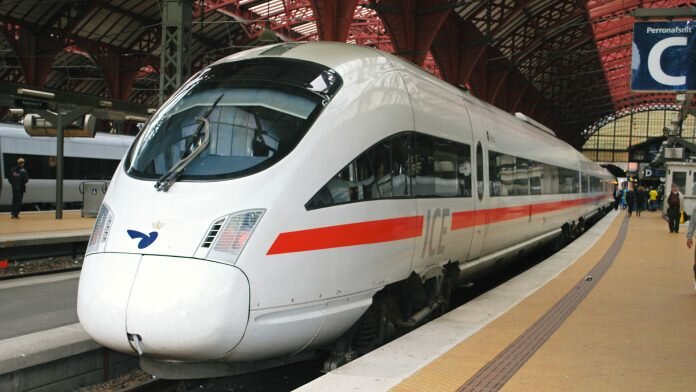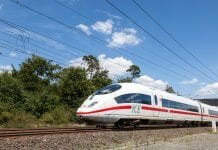
Siemens and Ballard Power Systems Inc. have received approval for funding for the development of fuel cell drive for trains.
The two companies plan to jointly develop a new generation fuel cell drive for trains. These fuel cells should have an especially long lifecycle, high power density and improved efficiency to power the Siemens Mireo train platform.
Hydrogen and fuel cell drive for trains is a priority of the German government; the German Federal Ministry for Transportation and Digital Infrastructure will contribute around some €12m to the project as part of its ‘National Hydrogen and Fuel Cell Technology Innovation Program’. RWTH Aachen University is also participating in the project as a research partner.
What is the project trying to achieve?
The project is aiming to develop a modular and scalable traction system with fuel cells, to be integrated into Siemens’ Mireo regional and commuter platform, which was specifically designed for sustainable and flexible operation, making it ideal to test an alternative drive system.
The fuel cell drive system will allow Mireo trains to operate using a number of fuels, including battery electric and overhead electricity lines, aided by hydrogen-fuelled trains. The proprietary technology is expected to complete development and be ready for implementation by 2021, and integration into other vehicle platforms will follow.
What did Siemens say?
Sabrina Soussan, CEO of the Siemens Mobility Division, welcomed the collaborative project as one of a number of efforts Siemens is making to reduce the reliance of public transport and railway systems on diesel power. She also emphasised that the new fuel cell trains will have a number of local and regional applications.
Soussan said: “Our cooperation with Ballard marks a decisive step being taken to replace diesel-powered rail vehicles with emission-free vehicles in order to provide sustainable and climate-friendly mobility over the long term. We want to be able to offer our customers flexible train solutions that vary depending on regional conditions and technical possibilities, for different types of local rail routes.”


















